Can you do pruning without following any technique? In fact, you can’t do that because your trees will not receive any benefit if you don’t following the right pruning techniques.
What techniques do you need to follow? It is significantly essential to know the proper pruning technique because the improper technique will damage your tree forever.
Pruning is a process of removing dead and damaged branches—some trees like rose and trees producing fruits require specialized pruning techniques. Limbs are the main parts of these trees, and keeping the limbs intact is necessary.
Out of many different pruning techniques, we have discussed five effective pruning techniques in this piece. Also, you will get a few trees to wound dressing tips.
5 Effective Pruning Techniques
Indeed, there are various techniques when pruning a tree or shrubs, and these are as follows:
- Pinching
- Shearing
- Heading
- Drop-crotching
- Thinning
Pinching: Pinching is not a complicated technique. You will need to use your thumb and forefinger to accomplish this technique. To give a pinch, start by removing 1/3 of the tree when it is nearly 6” long. The pinching technique needs to follow early in the season. This technique helps the tree to persuade more flower buds.
Shearing: The main goal of shearing is to give an elegant and showy look to a shrub. It is a common yet efficient technique that mainly practices in residential landscaping. It applies to shape shrubs to have a particular feel and look.
Heading: Heading pruning technique is used to control the shape of a tree. It is one of the most extreme types of cuts required when trying to rejuvenate or repair a plant. This particular technique is, indeed, not applicable regularly. Note that you will get an effective result of heading cuts with young branches.
Drop-crotching: This technique can be applied to reduce the size of a large tree; in that case, you may have to cut the dead branches or stems out from the trees. However, the natural shape of your trees will be preserved in this type of pruning technique. This technique is also known as “crown reduction.”
Thinning: It is a highly popular technique that can be done in residential landscaping for shrubs and ornamental trees, which have become disproportionate or overgrown. In this process, the main focus is on removing the crown of a tree to open the canopy. Thus, tree branches get removed, and sunlight and air pass through the trees more easily.
Pruning tools
Hopefully, after reading this article, you have become aware of the pruning techniques described above.
Pruning requires several tools such as Pruning Saws, Bypass, Loppers, Pole Pruners, Reciprocating saw, pole saw, and various types of hand saw.
Reciprocating saw requires the best quality cutting blades for an excellent quality of pruning and Chains for a pole saw. You can learn about Pruning Tips from an expert gardener and saw blades for pruning in different articles.
Reasons for Pruning
Pruning is a horticultural practice involving the careful removal of particular parts, such as tree branches, buds, or roots of a plant.
Some functional reasons to prune include:
- Plant training
- Maintaining plant health
- To improve the quality of flowers, fruits, leaves or stems
- Growth is limited
Why is Tree Pruning Important?
Pruning is one of the most important processes in a tree’s life. Preventing safety hazards is one reason for pruning.
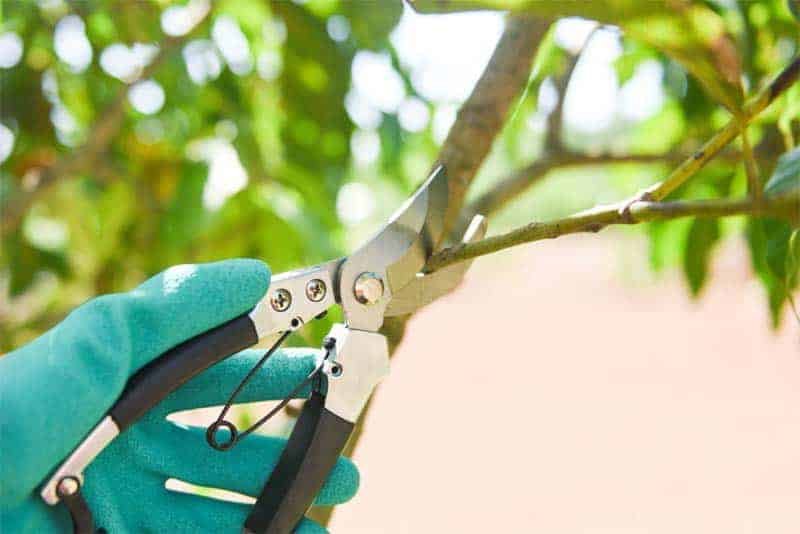
Pruning techniques
Cutting tree branches develops a strong tree structure and avoids low growing branches from falling and causing safety hazards during storms.
Pruning also aids in activating tree growth in infrequent growth areas and hampers growth in unwanted areas.
A key reason for pruning is the tree’s health. Removal of broken, dead, and diseased parts of the tree prevent decay and keep away from insects. It also provides food and water for the tree.
Proper pruning can save your property from damage and personal injury and also assure your tree health moreover that your trees will be safe from damage by improper pruning.
Type of Pruning Cuts
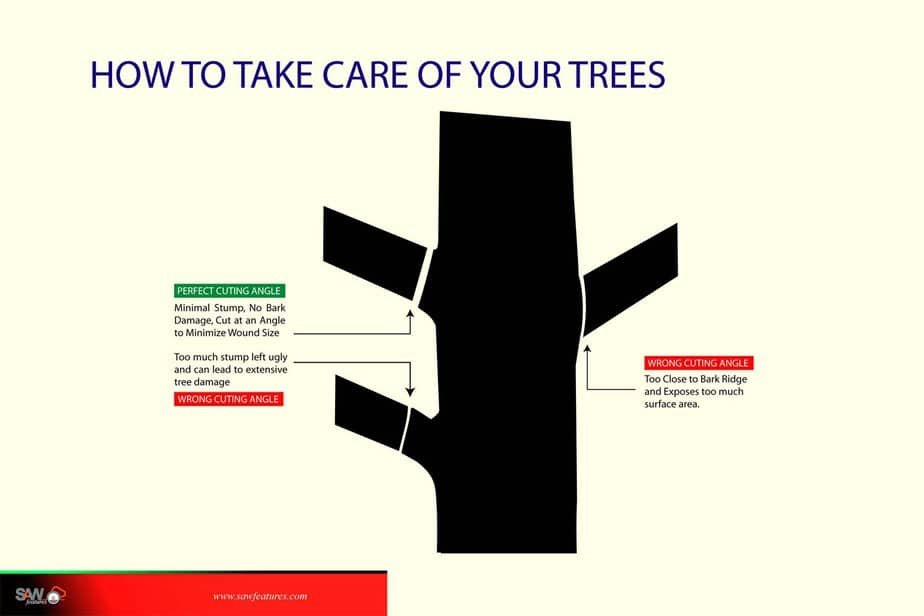
Before discussing the pruning technique, it is necessary to know the types of pruning cutting. Reduction, removal, and heading cuts usually the 3 types of pruning cuts are widespread.
Most plants respond similarly to pruning. So, if you understand the reactions, you can choose the perfect cut for any situation.
Reduction Cut: The reduced terminal portion makes an organ smaller by moving it back to the lateral branch of equal or smaller diameter.
Pruning cut: For this pruning cut, the part of the plant that remains should have a larger diameter than the removed portion.
Heading cuts: Something less that the branch will not support and results in reduced yields and diebacks. These are much different than cutting.
Tips on Trees Wound Dressing
While pruning a tree, it may wound either accidentally or intentionally. Preventing wounds at the beginning stage is the best solution. If you don’t do so, the tree may get affected by insects, fungi or bacteria.
Follow the below tree dressing tips to save your trees from different unwanted attacks from insects.
Scribe around the wound
Use a sharp knife to remove the bark of the wounded area. This way, the natural healing process will be faster. The wound will reduce quickly if you follow the “scribing” process to a vertical ellipse as well as forming callus in the bark will be encouraged.
Treat existing wounds correctly
Start pruning with dead and dying branches. As a result, your tree will receive an attractive shape, and the tree’s vigor will improve as well. Following this method will reduce the chance of new attacks from different insects.
Living microorganisms can do much harm to your trees if existing wounds are not treated correctly. So, without losing much time, prune dead branches.
Dressing of the wound
Remove bark covering old wounds. Insects and microorganisms grow rapidly under old and dead bark. Old wounds that have formed a callused ridge should not be scribed.
Removing or dressing of the wound will heal the damaged area quickly.
Final Words
You can apply all the techniques from our write-up to get maximum benefits. Not only the ways and techniques but also following the tree's wound tips, your tree's lifespan will increase for sure.
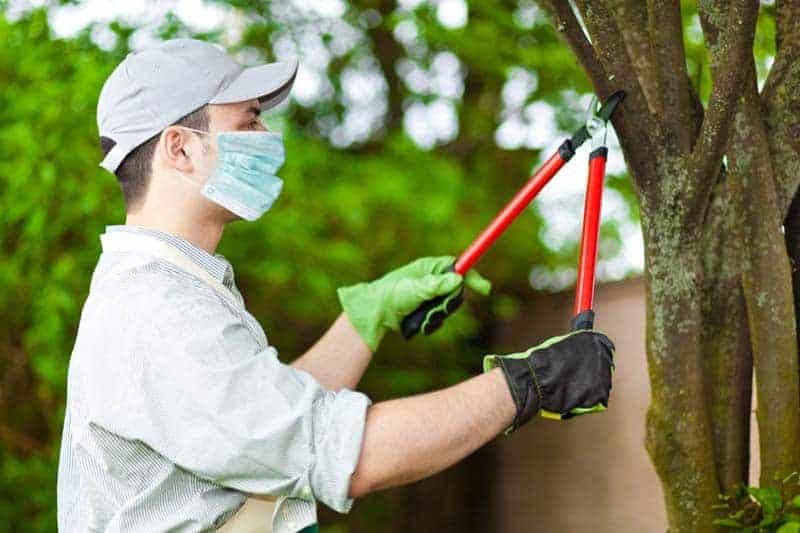
pruning-techniques
Through different pruning techniques, you are encouraging trees to build a healthy structure. Also, pruning reduces the risk of damage during severe weather.
All the above pruning techniques are the significant ways of removing any unnecessary and dangerous branches from your trees
Moreover, you will also be required to do dressing in the wounded area of a tree.
Many gardeners don’t pay much attention to the bitten area of a tree, thinking that the natural protection process will heal the injured area. The healing process will be faster following the above tree wound dressing tips.











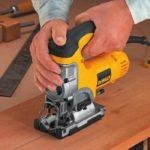
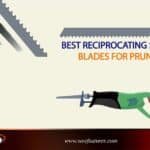


This is a pretty great post about pruning. I’ve been thinking of starting a blog on this subject myself. Any tips or anything you would recommend that I to avoid? https://www.battlecreektrees.com/
Thank you for explaining why pruning is important, especially for trees that are trying to bear fruit. We planted a couple of apple trees in our yard and they’re well on their way to providing us a stable food source in the comfort of our own home. To keep them in great condition, I’ll look for a residential tree service we can hire regularly so they can do some pruning for us.